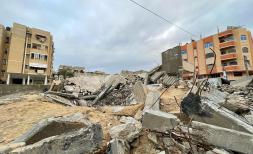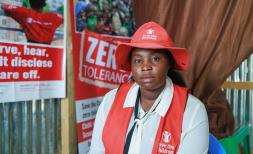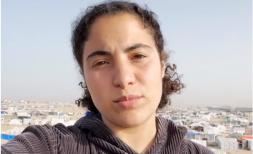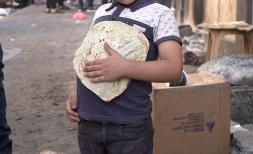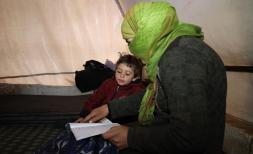Children’s Rights: Why measuring discrimination is essential to tackling it

Edgar, 8, Diana*, 8, & Leonardo, 7, showing the photos of their favorite places or activities. Photo: Marla Reyes, Save the Children in El Salvador.
Racism, inequity, and discrimination begin in childhood and damage lifelong potential of children. In 2016, 4 in 10 adults claimed their childhood was blighted by discrimination[1] and this pervasive issue is prioritised in our Global Strategy. Over the past year, the Sponsorship programme has been challenging itself – and 20 countries within its portfolio - to adapt, design, measure, and programme to address root causes of inequality and discrimination.
Sponsorship is unique in that it is long term investment into a community. Programming in one impact area for a decade is an evaluators dream, providing an opportunity to develop tangible impact measure of social change.
However, when a programme is seeking to dismantle systemic discrimination that threaten children’s survival, learning and protection, the challenge for Monitoring and Evaluation colleagues is how can we measure something that may not entirely be in our control, whilst also centering the voices of children? Our answer, RUBRICS.
A Rubric, or a global assessment scale, is a framework that sets out criteria for performance, and describes what makes poor, good and excellent performance using different levels. Rubric-enhanced evaluation provides teams the chance to weave together a diverse mix of evidence, including stories, photos, and numbers, and collaboratively make sense of the information through a framework to provide a rating on a scale. By using this methodology in our evaluations, rubrics allows us to address the challenge of systematically and transparently synthesising diverse evidence on hard to measure topics such as discrimination, into one overall rating. Rubrics provide a compelling– yet concise – story of progress towards transformational change in the areas we seek to influence.
Rubrics, when applied correctly, can help shift power to communities for design and evaluation because they describe lived reality (as a progression from the current to the aspirational state) rather than representing it with abstract indicators. Working with children and communities, teams use a rating scale from “dire” to “transformational”, to complete sensemaking – a process where we jointly determine what the situation is like for children in impact areas.
To overcome the competing work priorities and specialist skill sets needed to conduct sensemaking- a critical part of the rubrics process - 3 Sponsorship offices – Zambia, El Salvador and the Philippines successfully piloted this methodology in 2023. They listened to children’s views on situation analyses, worked with children’s advisory committees to make better decisions together, and in El Salvador used age-appropriate methodologies with children to establish ratings of how “bad” discrimination was in their community.
“In the Advisory Council for Children and Adolescents, I’ve learned about Children’s Rights and the importance of influencing other people to take action on issues that involve children”, Ernesto, 17, sponsorphip child protection participant.
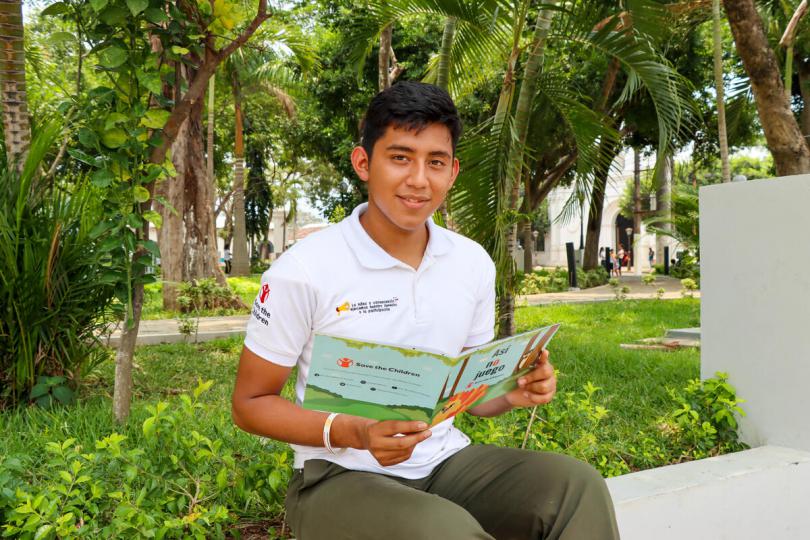
Ernesto, 17, reading one of his favourite Save the Children books. Photo: Marla Reyes - Save the Children in El Salvador
Learn more from how the project was implemented in El Salvador in this video.
Rubrics allow us to uncover nuances in the types of discrimination children face. In Zambia, Adolescents rated their level of inclusion in different activities and services in their communities as a 3/10, explaining social exclusion is a significant, especially for albino children and teenage pregnant and new mothers. In El Salvador 1 in 4 children said they experienced discrimination in school or in a health setting this year[2].
Through these pilots, teams learnt that:
- Working with technical child rights, gender, disability experts across the movement provided a nuanced description of change and ratings of discrimination. However, this was not child friendly.
- We can use Rubrics as a participatory method to rank changes for areas of programming such as how empowered communities are to make change.
- Sensemaking, outcome harvesting, and rubrics methodologies requires specialist skills sets. We are now working to develop a facilitators guide and supporting community of practice on equality and discrimination measurement.
- We cannot do this alone – by working with children and communities to measure changes in discrimination, we can truly shift power so that monitoring complex social change is not just a job for monitoring and evaluation colleagues, but can in itself be a strategy for social change.
